Claudie Gagnon (b.1964)
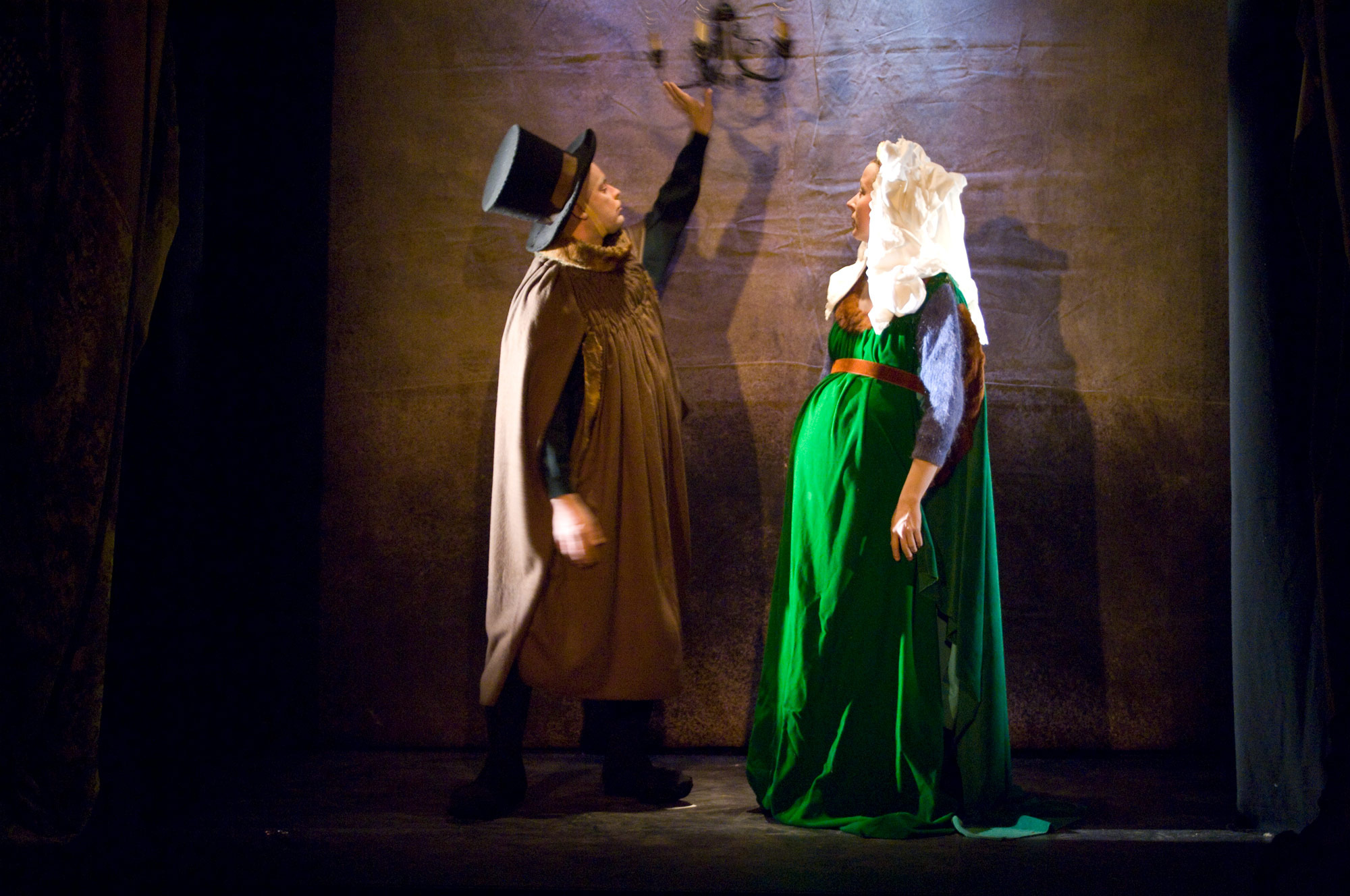
Claudie Gagnon, Les époux Arnolfini, tiré du cabaret de tableaux vivants Dindons et limaces (The Arnolfini Couple, from the cabaret of tableaux vivants Turkeys and Slugs), 2008
Tableau vivant featuring two performers, set and props (costumes, chandelier, and mirror)
Musée national des beaux-arts du Québec, Quebec City
A native of Montreal, Claudie Gagnon is a self-taught artist who moved to Quebec City at the age of twenty to live and work there, immersing herself in the city’s network of artist-run centres. In 1985, she co-founded L’Œil de Poisson, an organization that brings together emerging artists to encourage experimentation and the creation of boundary-breaking contemporary art. With a practice that ranges from installation and tableau vivant to photography and video, Gagnon exemplifies this unrestrained approach that blurs the line between art forms. Her work Les époux Arnolfini, tiré du cabaret de tableaux vivants Dindons et limaces (The Arnolfini Couple, from the cabaret of tableaux vivants Turkeys and Slugs) is an eloquent example of this philosophy.
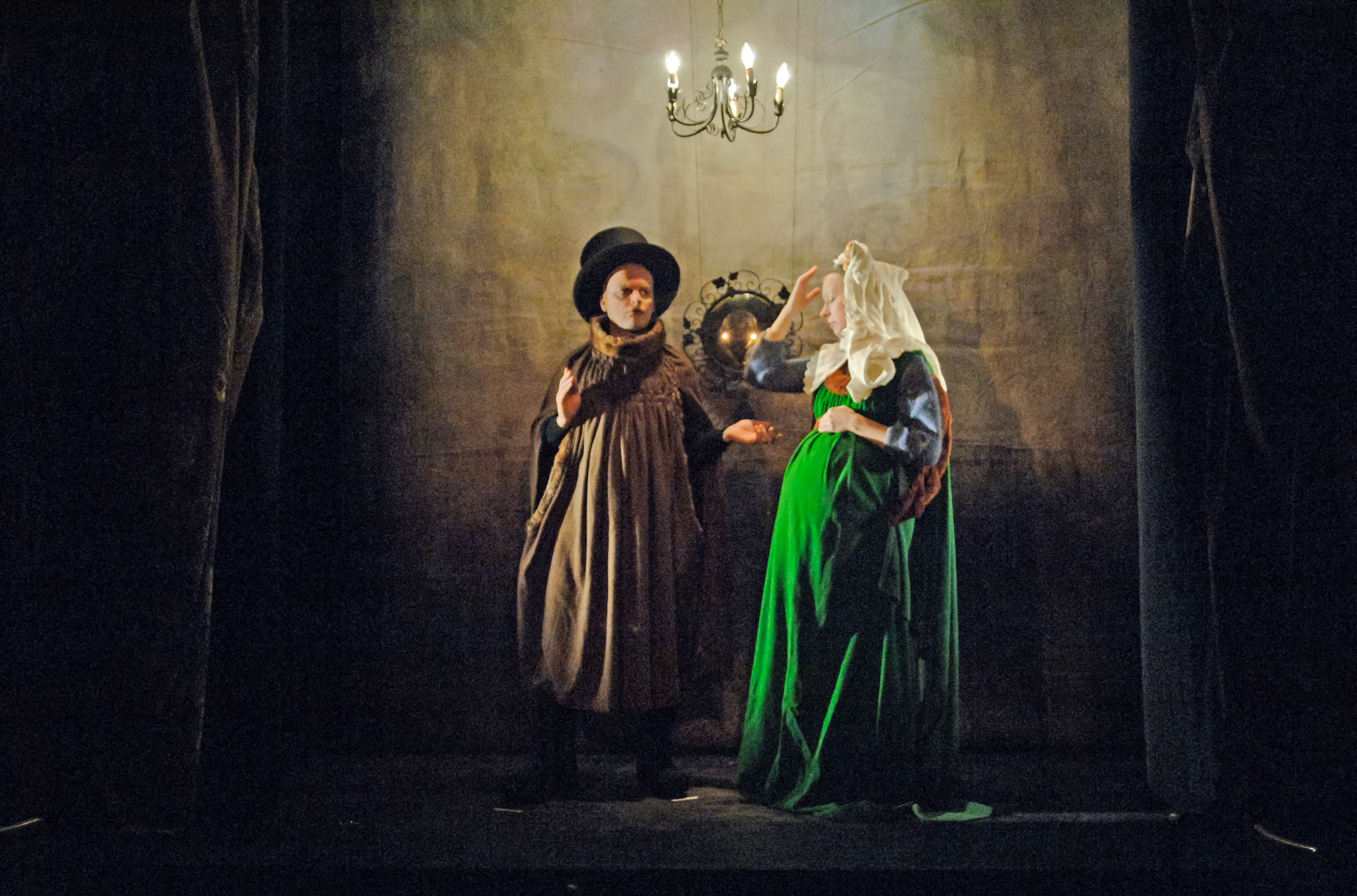
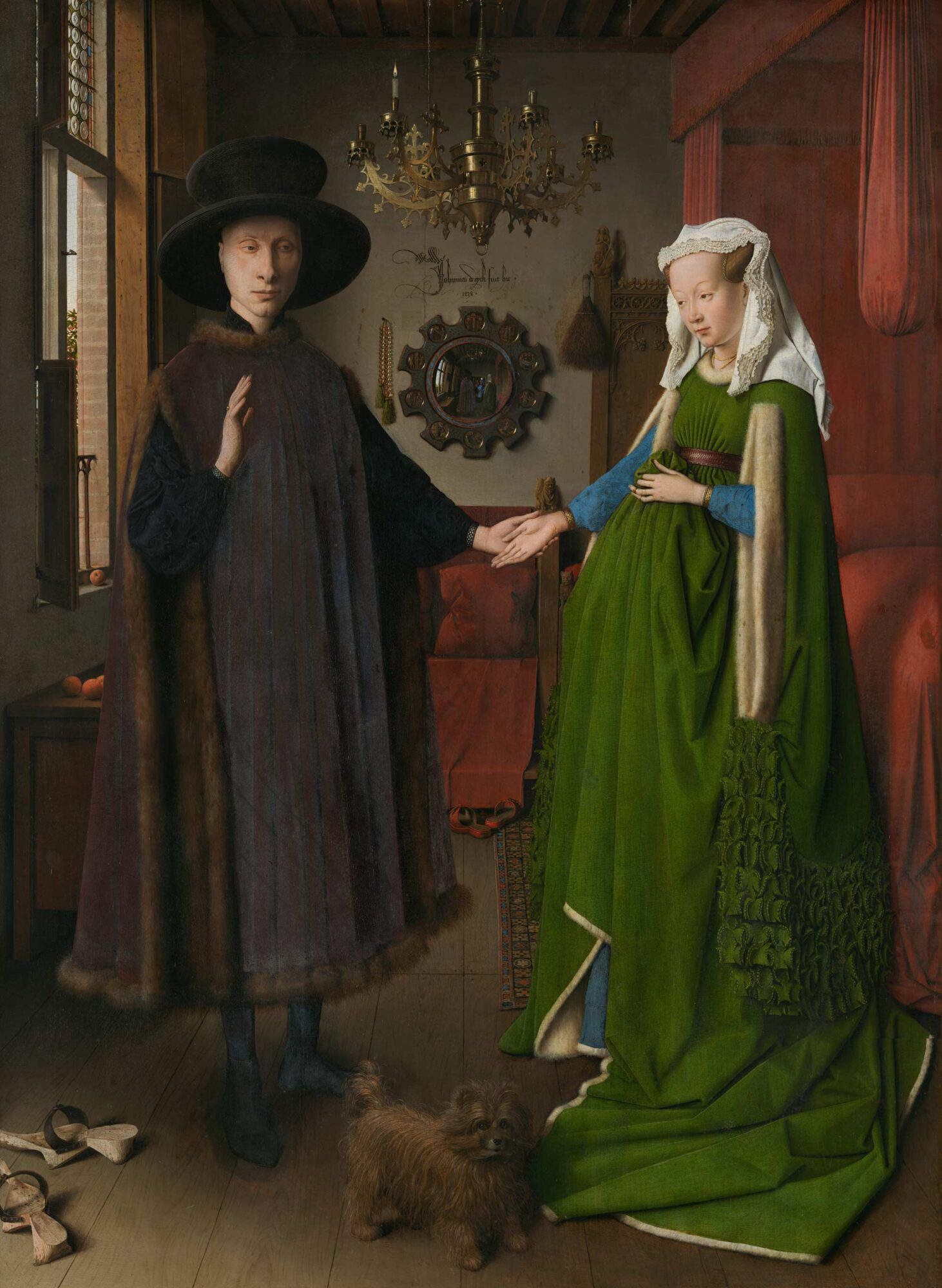
In 2008, the Musée national des beaux-arts du Québec invited Gagnon to produce a cabaret of tableaux vivants for the contemporary art exhibition C’est arrivé près de chez vous (It Happened in Your Neighbourhood), part of the celebrations for Quebec City’s four hundredth anniversary. In this project, Gagnon sought to theatricalize painting by drawing inspiration from iconic works of Western art by Jan van Eyck (1390–1441), Hieronymus Bosch (c.1450–1516), Francisco Goya (1746–1828), and others. In doing so, her tableaux vivants brought together enchantment and strangeness, beauty and ugliness, the present and the past. Les époux Arnolfini, which references van Eyck’s famous painting The Arnolfini Portrait, 1434, exemplifies these dualities. The photographs seen here create a permanent record of the otherwise fleeting performance of the living tableau.
Gagnon’s practice brings together artisanship and visual arts. She creates every component of her work—from crafting the clothing and designing the sets to planning the staging and producing the resulting photographs. Her images owe a great debt to painting, but the process grounds her work firmly in a handcrafted approach, deeply rooted in the traditions of artisanship.
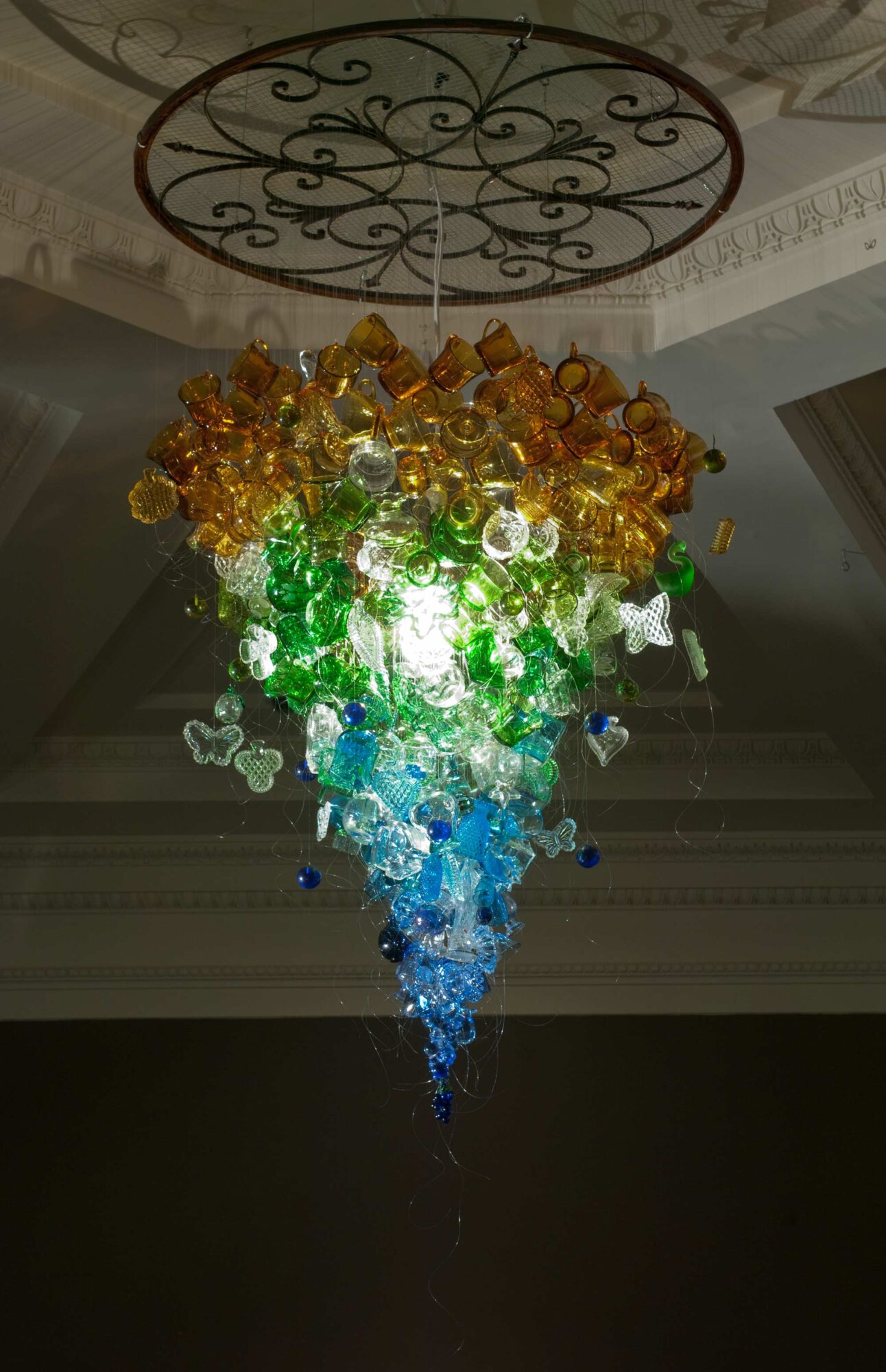

While Gagnon’s tableaux vivants are emblematic of her work, so too are her Baroque installations—complex assemblages of recycled and inexpensive objects that are repurposed to create the illusion of luxury and artificiality. Lustre (Chandelier), 2008, evokes a precious chandelier from a bygone era through the ostentatious accumulation of trinkets—beads, cups, goblets, flasks, and other keepsakes—that mimic the sparkle of crystal. Through such works, Gagnon critiques consumerism and the overconsumption that plagues the modern world.
Gagnon’s works shine on both the Canadian and international stages. In 2007 and 2009, her practice was the subject of a retrospective exhibition and a monograph prepared by the art historian Mélanie Boucher. In 2021, Gagnon received the prestigious Prix Videre, an award given by the city to recognize excellence and originality in visual arts.

 About the Author
About the Author
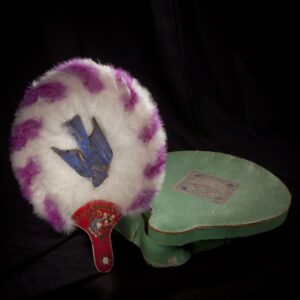 More Online Art Books
More Online Art Books
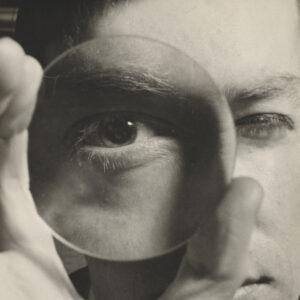 Acknowledgements
Acknowledgements